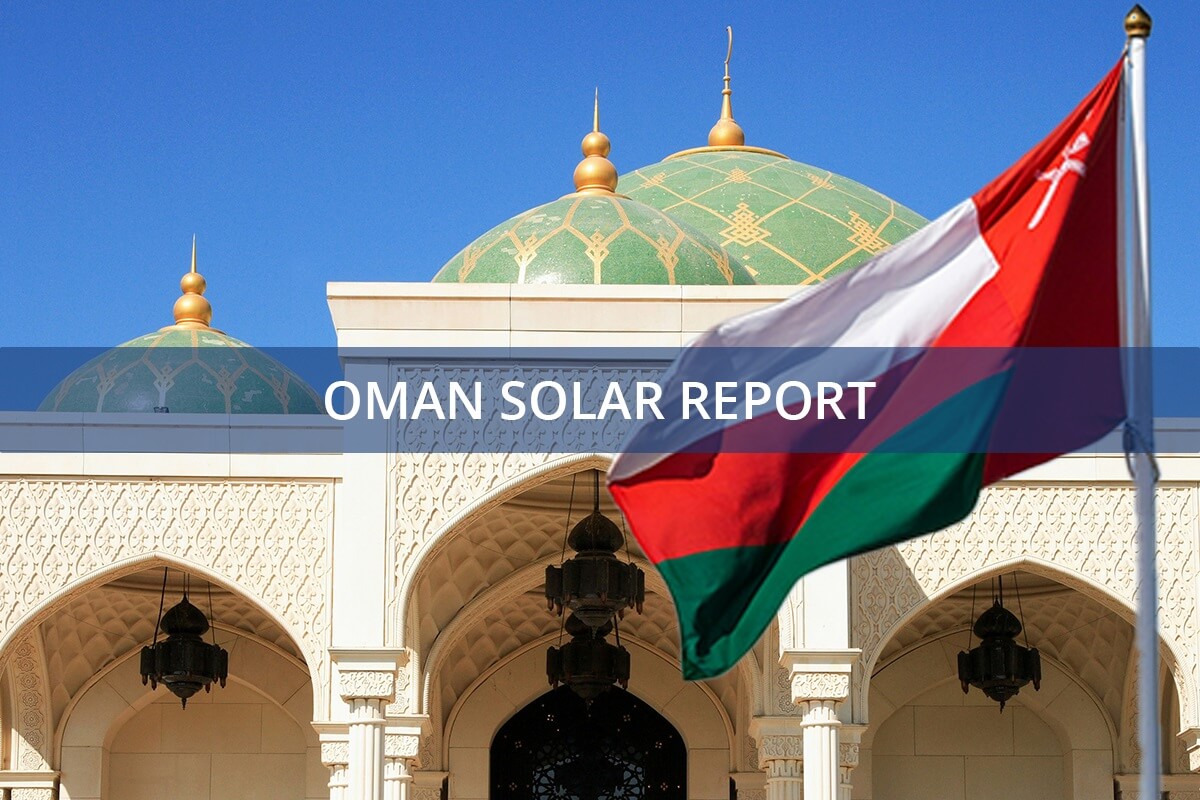SolarPower Europe has encouraged Oman to explore a more thorough integration of renewable energy, liberalise its market structure, and optimise grid infrastructure to meet its ambitious net-zero goals. With the support of the Middle East Solar Industry Association (MESIA) and the Global Solar Council (GSC), SolarPower Europe released a report on the potential for solar investment in Oman.
Oman Solar Investment Opportunities
For Oman to meet its predicted net-zero targets by 2030, at least 13 GW of solar power must be installed, according to a new analysis of the country's solar development published in the Global Markets section of SolarPower Europe under the title "Oman: Solar Investment Opportunities".
The study claims that Oman will produce 96% (38 TWh) of its power from natural gas in 2022, with solar energy accounting for only 3.8% (1.5 TWh) of the total. Oman confronts increasing demand for electricity despite having universal access to it due to population growth, the expansion of energy-intensive industries, and infrastructure.
"There are no limits to Oman's potential solar progress, as a country home to vast natural resources," said Katherine Poseidon, Head of Strategy, Analytics & Process at Voltalia and Chair of SolarPower Europe's Global Markets Workstream. This report intends to make a significant contribution to the nation's solar journey in an ever-changing regulatory and legislative framework.
Oman’s 2050 Net Zero Target
The Omani government's seven-year statement for 2023–2029 set interim goals for the growth of renewable energy, including an 11% proportion of renewables in the electrical mix by 2025 and a 30% share by 2030. Oman aims to attain net zero emissions by the year 2050.

"Oman has all the prerequisites to become a success story of the energy transition and solar development," says Paolo Travaglini, Head of Area Coordination Renewables Africa, Asia, Oceania at Eni Plenitude and former Chair of SolarPower Europe's Global Markets Workstream. "This is because of its high potential for renewable energy and a government that is very committed to leadership in the renewable energy sector and green hydrogen production."
According to SolarPower Europe, to reach this goal, the nation must install a minimum of 13 GW of solar power overall by 2030. Reports show that Oman's utility-scale photovoltaic capacity reached 0.5 GW in 2022, primarily due to the 500 MW ACWA Power-developed Ibri II solar facility. August 2021 marked the start of the project's commercial operations.
Upcoming Solar Projects
The Manah I and Manah II solar facilities, which will add 1 GW combined in the first half of next year, are among the projects the report stated will come into operation in the upcoming years. Manah Solar I was awarded to the Korean Western Power Company through a public tender, whereas Manah II was allocated to a joint venture between China's Jinko Power Technology and Singapore's Sembcorp Industries.
A public bidding was held in January 2024 by Oman for Ibri Solar III, a 500 MW solar project that is scheduled to start commercial operations in the fourth quarter of 2026.
According to Benjamin Clarke, Global Markets Manager at SolarPower Europe, "Oman has the potential to become a solar powerhouse. When it comes to moving away from fossil fuels, the nation is headed in the right path. We hope to use this research as a roadmap to help the nation invest more in renewable energy sources and realise its full solar potential.”
“Oman has a rare chance to demonstrate to the rest of the world how to transition from being an oil and gas power to a solar one,” according to Sonia Dunlop, CEO of the Global Solar Council. The nation can take advantage of this chance to ensure economic development and jobs in its net-zero future with the correct market structure, grid infrastructure, and investment.

